In the past few months we have prepared a number of independent expert’s reports (IERs) for listed companies. Some of our observations include:
- Backdoor listings – There have been a number of backdoor listing transactions in recent months, possibly spurred on by changes to the ASX listing rules, as well as the downturn in the resources sector (which has made a number of micro-cap resources companies less attractive). A backdoor listing is a transaction in which a listed company with little or no activity (often referred to as a shell) acquires a new business through the issue of a substantial amount of shares. The vendors of the new business would then typically own the majority of the shares in the listed company. Backdoor listing proposals often need to be accompanied by an IER due to the major vendor, or a group of associated vendors, of the business coming in to the listed shell acquiring a greater than 20% shareholding. Backdoor listings have been a focus area for ASIC recently, with concerns including the adequacy of disclosure regarding the business model of the company being acquired and ensuring the independent expert has correctly evaluated the transaction as a takeover offer for the listed shell.
- High growth businesses – Two of the transactions we prepared IERs for recently involved early stage businesses with high growth expectations. AHALife is an early stage luxury lifestyle marketplace company seeking to address a potentially very large global market. It was acquired by INT through a backdoor listing transaction. Similarly, Hello Real Estate, an early stage disruptor to the Australian real estate market has entered an agreement with MinRex for a backdoor listing (which is currently subject to shareholder approval). In both cases, the only sensible way to assess the value of the companies acquired is using the discounted cash flow method. We have observed some other experts reluctant to use this method for early stage companies due to the uncertainties involved in making cash flow projections and have instead relied upon less relevant methods such as net assets or revenue multiples. However we consider the discounted cash flow method is preferable, as John Maynard Keynes observed “it is better to be roughly right than precisely wrong”.
- Conversion options – We recently prepared an IER for Elk Petroleum seeking shareholder approval for conversion of convertible debt. Shareholder approval was required as the debt holder would become a major shareholder exceeding the 20% threshold. In this instance shareholder approval was being sought some time after the initial transaction had been negotiated. It is likely that the note conversion would have been fair on the date it was negotiated. However, due to improvements in the business and share price appreciation, conversion was assessed as not fair at the time of our report. This highlights a potential risk in delaying approval for the issue of instruments with the potential to convert into a significant amount of shares. In our experience it is always preferable to seek shareholder approval when the instruments are granted to limit the execution risk, to the extent it is practical to do so.
- Expert’s may not be as biased as you think – Independent experts are sometime accused of agreeing with management without properly challenging the circumstances of a proposed transaction. The number of transactions evaluated as being ‘fair and reasonable’ is often pointed to in support of this proposition. As a counter argument, we note that we have been involved in two recent transactions that were restructured in favour of minority shareholders following provision of our draft reports. In both cases the end result was a fair and reasonable opinion, but only after the initial proposals had been restructured.
- Get it right first time – We are aware of a number of independent expert’s reports that have been rejected by ASIC due to independence issues or inappropriate evaluation of the transaction. This can significantly delay a transaction and can be a very costly. To date we have not experienced any significant issues resulting from ASIC’s reviews of our work.
- Allow sufficient time – The process of obtaining an independent expert’s report is often longer than anticipated, especially after considering ASX and ASIC review timetables. While we have prepared reports in under two weeks, that is reliant on clients being able to provide quality information at the outset. We would recommend allowing at least four weeks to prepare the report.





